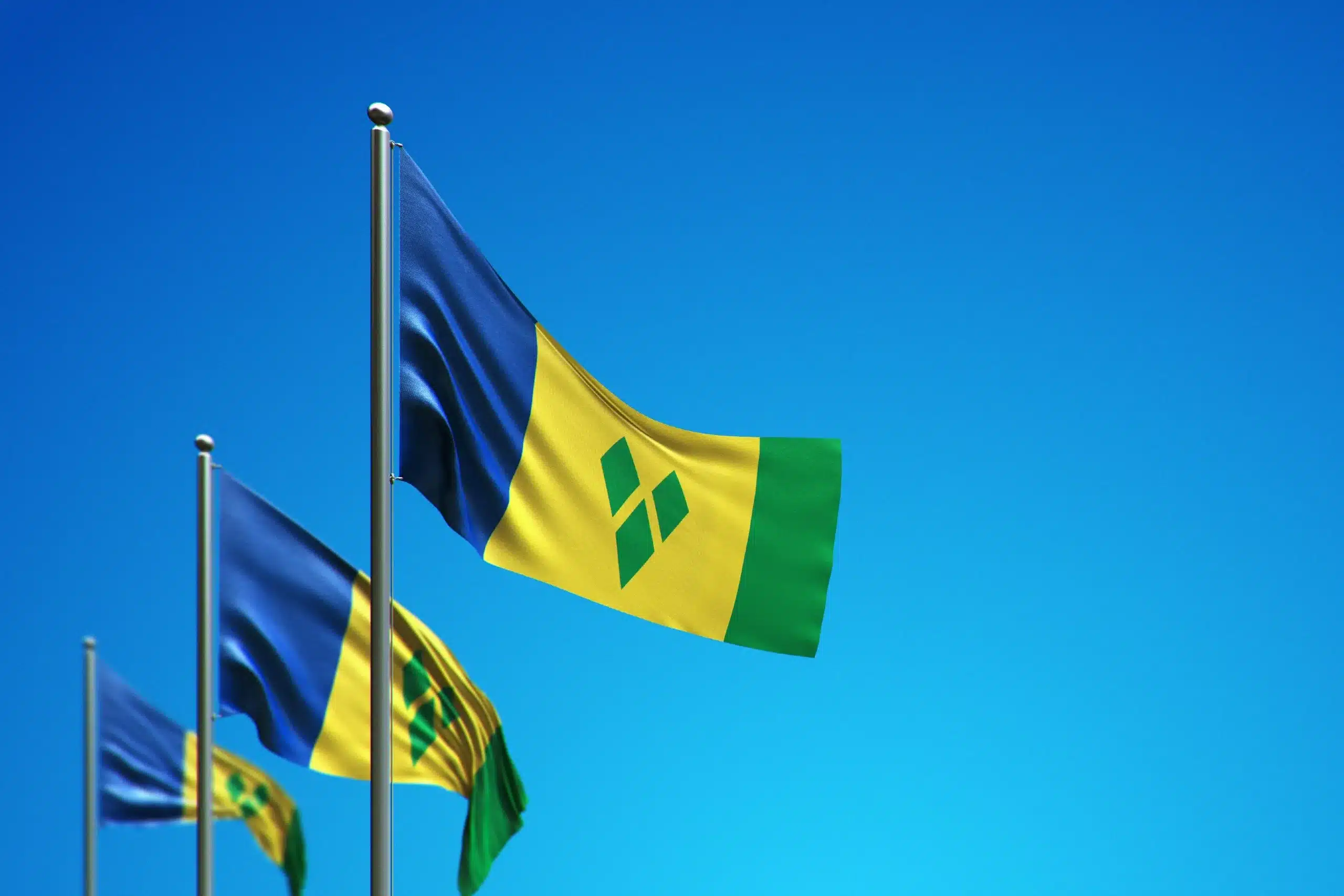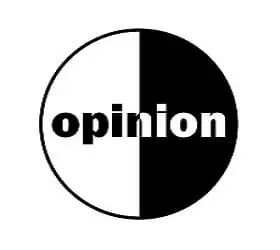HUMAN DEVELOPMENT INDEX (HDI)
Each year, the United Nations Development Programme (UNDP) publishes its Human Development Index (HDI) of 193 nations globally, as an assessment of their human development. The index encompasses the data relevant to the health, education, income, and living conditions in a given country, so as to provide a measure of human development which is comparable between countries over time. The data for the 2025 Report are from the year 2023.
On the basis of this measure by the HDI, SVG is doing well and is making remarkable progress despite the natural disasters and the adverse knock-on effects of the global political economy which have befallen our Small Island Developing State (SIDS). SVG is at the top end of the “High Level of Human Development” on the HDI, on the cusp of the “Very High Level of Human Development”.
Countries world-wide are assessed in four categories of Human Development: Very High (ranked by country in 2025, from 1 to 74) with a score of 80 percent or above on the composite indicators of the HDI; High (ranked from 75 to 124); Medium (ranked from 125 to 167); and Low (ranked from 168 to 193).
SVG is ranked “High” with a score of 79.8, at number 76 in the country pecking order, just below the “Very High”. Further, SVG has advanced upwards by 11 places in the country rankings since the 2024 Report; only Guyana has moved up faster, by 33 places, with a ranking globally of 89. All other CARICOM member-states have fallen in the country rankings but Antigua and Barbuda, St. Kitts and Nevis, Bahamas, Barbados, and Trinidad and Tobago remain in the “Very High” category, and all the other member-states of CARICOM, except Haiti, retain their status at the “High” level; Haiti is at the much lower end of the “Medium” level.
THE HDI LIST OF CARICOM COUNTRIES (2002 – 2025)
In 2002, SVG was listed on the High Level of Human Development with a global ranking of 91. In 2002, only Guyana (103) and Haiti (146) of the 14 member states of CARICOM were below SVG. In 2025, SVG is above eight CARICOM member-states (Grenada; Guyana; Dominica; St. Lucia; Suriname; Belize; Jamaica; and Haiti) and below five CARICOM member-states (Antigua and Barbuda; St. Kitts and Nevis; Bahamas; Barbados; and Trinidad and Tobago).
Thus, between the 2002 and 2025 HDI Reports, SVG has moved, in the rankings, ahead of Belize, Dominica, St. Lucia, Suriname, Grenada, and Jamaica. It is important to note the year-to-year variations in rankings are not in themselves of significance. What is critical is the trend in the movement of the scores and the rankings. In the case of SVG, its scores (“the values)” and its rankings are trending upwards; they are both moving in the desirable direction.
This upward movement for SVG is not an accident. It is as a direct result of the paradigm shift in the economy and the trajectory of social development, driven by the policies and programmes of the Unity Labour Party (ULP) government, in communion with the people!
THE HDI LIST OF 2025 FOR CELAC MEMBER-STATES
In the 33 member-states of the Community of States of Latin America and the Caribbean (CELAC), that is to say, all of the western hemisphere except the USA and Canada, only the five above-named CARICOM member-states plus Chile, Argentina, Uruguay, Panama, and Costa Rica are ranked higher than SVG in the 2025 HDI rankings. In other words, SVG is ranked higher than 22 other member-states of CELAC, including large countries such as Brazil, Mexico, Peru, Colombia, and the Caribbean island-state of the Dominican Republic. Truly, this is remarkable in all the circumstances.
Incidentally, none of the 54 member-states of the African Union with 1.4 billion ranks above SVG. Mainland China ranks below SVG, too, in global HDI rankings.
THE TOP COUNTRIES IN HDI REPORT 2025
Countries globally with a score of 90 percent (or HDI Value of 0.90) across the composite indicators, number 37. Ranked number one is Iceland with a score of 97.2 percent (value of 0.972); ranked number 37, is Saudi Arabia with a score of 90 percent (value 0.90). In the first 37 countries, are 27 from Europe (including Britain); the other ten in the top 37: Australia (ranked 7th); Hong Kong (ranked 8th); Singapore (ranked 12th); the United Arab Emirates (ranked 15th); Canada (ranked 16th); New Zealand and the USA (ranked 17th); South Korea (ranked 20th); Japan (ranked 23rd); and Israel (ranked 27th). All of these 37 countries are regarded as “First World” countries. Of course, some other countries in the “Very High Level of Human Development” are generally considered “First World”, but not all of them are so regarded.
FIRST WORLD STATUS
The term “First World Status” has come to connotate an industrialised or developed country. Such countries are characterised by high per capita incomes; low levels of poverty and indigence; low mortality rates; high level of longevity of persons; high rates of literacy and education; very high levels of the Human Development Index; accessible quality health care and housing; advanced applied science and technology; quality delivery of water, electricity, solid waste, and telecommunication services; excellent means of modern transportation; developed sporting and cultural facilities; good governance, including public safety and security; low levels of official corruption; participatory democracy; and the enjoyment of protected individual rights and freedoms.
Hitherto, in the midst of the Cold War, the nomenclature in relation to “first”, “second” and “third” worlds were loaded with ideological baggage.
FIRST WORLD STATUS FOR SVG
SVG already enjoys the political, good governance, liberty dimensions of a country with a “first world status”. It is to be noted that reputable international agencies rate SVG very high on good governance, civil and political liberties, and relatively low levels of official corruption. Freedom House and Transparency International have addressed these respective issues favourably for SVG! The World Bank, the Commonwealth, and the United Nations repeatedly commend SVG on these governance criteria. These are already lived realities in SVG.
At the same time, SVG, over the past 25 years or so, has laid the transformational foundation, and built up much of the sustainable structures and facilities for “first world status” in the areas of the economic; technological; educational; health and wellness; housing; sports; public utilities (water, sanitation, electricity, telecoms); modern transformation; and generally a high level of human development including growing levels of average incomes, employment, social protection, and poverty reduction. However, in each of these areas, and other “first world” characterisations, more is needed to be done. But, a “first world status” is achievable for SVG within 20 years or so. That is the next goal of the ULP government: To build a “first world country” in the tropics, in a further advanced Caribbean civilisation, with inclusivity, equality, safety and security, a very high level of human development, and in prosperity. It is doable. This is a challenge for our young people to take up.
UNDENIABLE FACT OF HUGE PROGRESS IN SVG
It is an undeniable fact that there has been huge progress on all material fronts in SVG since 2001; such progress is ongoing and will continue under the ULP.
At first the NDP’s chorus was “nothing ah gwan in SVG”. The facts on the ground show the NDP’s chant to be a dangerous, vulgar lie. So, some of them have now twisted their lying tongue by asserting, falsely, that although there has been considerable infrastructure development, there has been no “human development”. Well, the UNDP has provided the evidence to show that there has been impressive human development in SVG. Moreover, the massive progress achieved is before our very eyes in Education, Health, Housing, Sports, Water, Electricity, Telecommunications, Social Protection, Salaries and Wages, Markedly Improved Living Conditions, Jobs, Conditions of Work, and the like, constitutes the pith and substance of human development.
Labour has been, and is, working for all! Next stage: First World Status for SVG!






